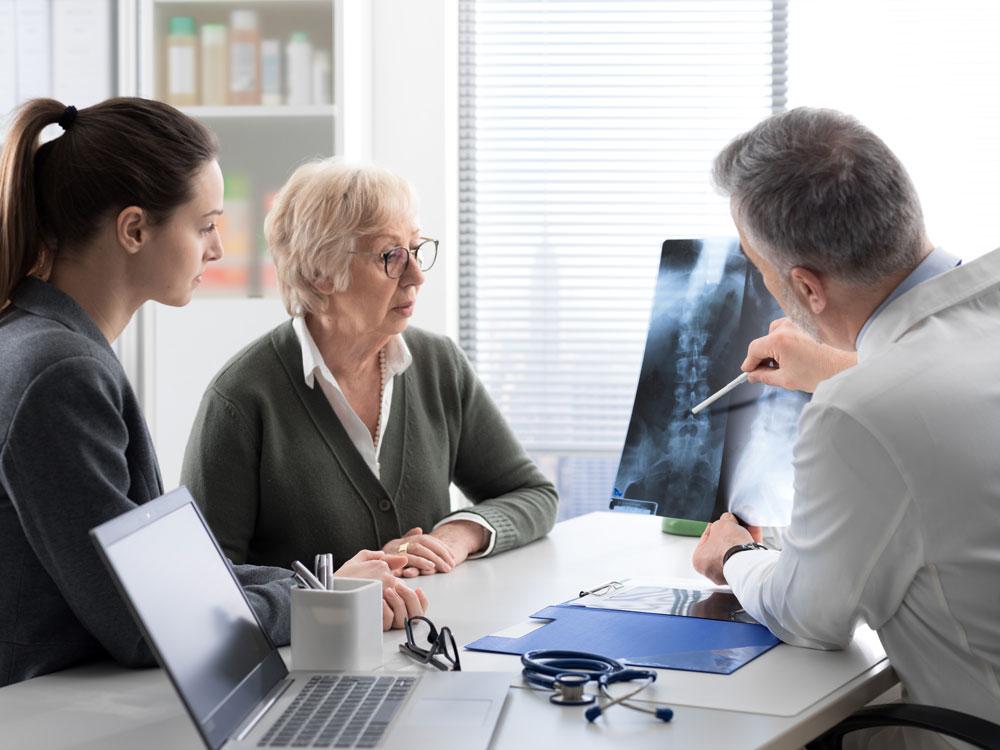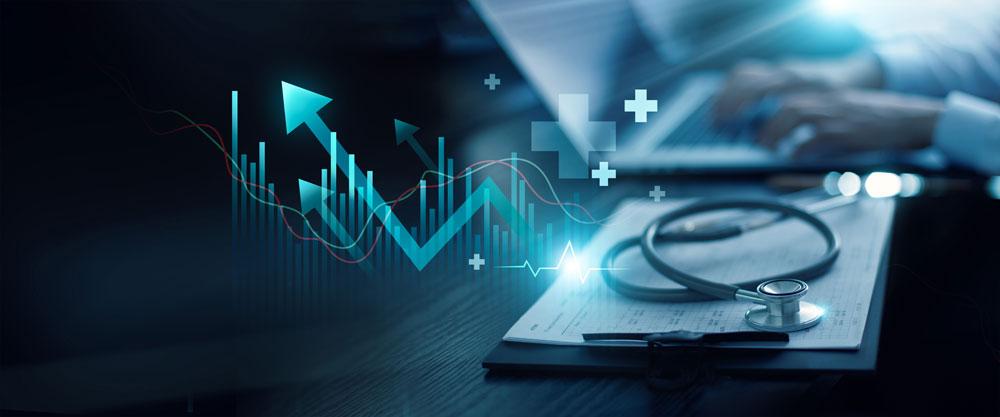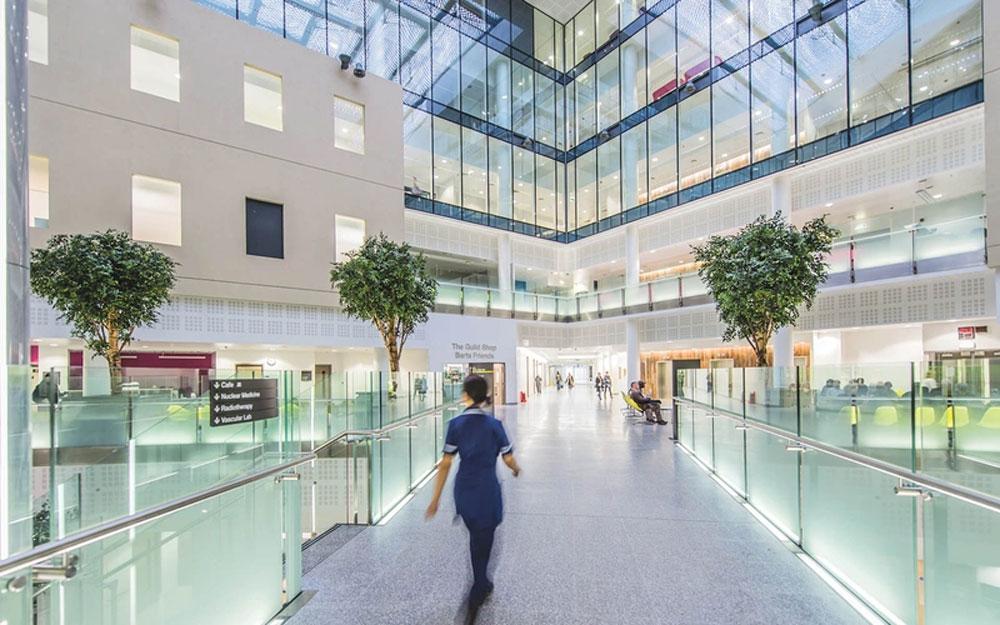Following the HETT Reset e-learning event, Glen Hodgson, chair of the interoperability and integration theatre and GS1 UK’s head of healthcare, shares a summary of discussion from the GS1 panel: How information sharing is a matter of patient safety
One of the most prominent topics of recent months has been the accelerated digital transformation of the healthcare landscape. The emergence of Covid-19 propelled the National Health Services into the unknown, and the system – often maligned as slow to innovate and adapt – suddenly became quite the opposite. Telehealth quickly became the first point of contact for patient care, and the reliance on virtual consultations and remote patient monitoring became business as usual. All care organisations soon ended up in a position where vital information sharing became a matter not just of patient safety, but of population safety. This brought into sharp relief, the balance between data sharing as a duty of care versus the duty of confidentiality or patient privacy. In the case of the pandemic, information sharing had become a matter of population safety and the scales were firmly tipped in favour of duty of care. This was made markedly clear by the temporary suspension of Section 251 of the National Health Service Act 2006, regulating the control of patient information.
In England and Wales, the suspension of Section 251 ‘requires NHS trusts, local authorities and others to process confidential patient information (CPI) without consent for Covid-19 public health, surveillance and research purposes’. These organisations were given authorisation to access, use and share any relevant patient information that was deemed critical for the management of the pandemic. For Professor Sir Terence Stephenson, Nuffield professor of child health at University College London and chair of The Health Research Authority, the advantages have been clear. He said: “Suspending Section 251 has been crucial over the past year. It has enabled us to expedite many research projects and enabled vital data sharing during this time to improve patient care.”
Exposing siloes
The pandemic has shone a spotlight on the siloed nature of our health and care system, highlighting the challenges that exist around integration and interoperability.
Pockets of excellence do exist in this fragmented network – integrated-care systems (ICSs) and local health and care-record exemplars (LHCREs) are prime examples of this. However, being able to reach a stage where this is successfully scaled up and joined up on a national level, will involve the collaborative efforts of NHS arm’s length bodies, regulators, suppliers, and providers alike.
Huge strides have been taken and much progress has already been made in this regard, but now the sector is tasked with embedding this across the healthcare system of tomorrow. This is where the need for structured data comes in. Only with universal data standards in place will healthcare be in a position to exchange information seamlessly. This is a crucial patient safety requirement, and the consequences of failing to do adopt a standardised approach, was brought to the forefront in Baroness Cumberlege’s Independent Medicines and Medical Devices Safety Review (IMMDSR), First Do No Harm, published in July last year.
First Do No Harm
The founding purpose of the IMMDSR was to ‘examine how the healthcare system in England responds to reports about harmful side effects from medicines and medical devices and to consider how to respond to them more quickly and effectively in the future’. This was after hundreds of patients were deemed to have suffered avoidable harm due to the system’s failings. As Baroness Cumberlege highlights, ‘the healthcare system – in which I include the NHS, private providers, the regulators and professional bodies, pharmaceutical and device manufacturers, and policymakers – is disjointed, siloed, unresponsive and defensive’. Additionally, ‘the system is not good enough at spotting trends in practice and outcomes that give rise to safety concernst.
One of the key recommendations made in the report centred on the need for a national perioperative database – one that captures information for procedures carried out, including details of the patient, surgeon, and any medical devices used. The database, now referred to as The Medical Device Information System (MDIS), forms part of the amendments made to The Medicines and Medical Devices Bill (The MMD Bill). The MDIS will serve as a national registry for medical devices, capturing manufacturer, batch number, lot number and expiry dates for all medical devices used across the UK. This will be used to better monitor the use, as well as any potential side-effects, of any such products on the UK market.
Director of devices for The Medicines and Healthcare products Regulatory Agency (MHRA), Graeme Tunbridge, highlighted the significance of the MDIS: “It's all about joining up the information we obtain, linking together the unique device identifier and the patient information to improve traceability and patient safety. If we can crack this and capture this data right as part of the future regulatory pathway, the UK will be leading the way on the effective post market surveillance of medical devices.”
However, this is not, and should not, just be about product safety. Helen Hughes, chief executive of Patient Safety Learning, explained: “It's not just about the safety of the devices, it's about their safety in use – how is it being used? And is it being used safely?” Access to this information will serve to drive traceability in a clinical setting.
When asked whether this would lead to better patient outcomes, Professor Andrew Goddard, president of The Royal College of Physicians answered: “Undoubtedly, yes. Linking the patient, to the event, and then to the clinician, is hugely beneficial. It's a core part of improving the patient journey.”
Using GS1 standards allows for the unique identification of every person, every product, and every place, throughout the supply chain and patient-care pathway. The tangible benefits to patient safety are evidenced in our Scan4Safety report, which provides key examples of how harnessing structured data enables information sharing to the benefit of overall patient safety.
Thank you to all the speakers referenced for participating in the panel discussion and for sharing their thoughts with the audience.





